As mentioned in my Lighting Gear page, I currently use three types of hotshoe flashes with my Fuji X series cameras: for on-camera work where I like to have TTL support, I use Fuji's own EF-42 flash. It's relatively powerful, and especially when bouncing my flash I appreciate the fact that the TTL system automatically calculates the required output setting. However, when I use my flash off-camera, things change: there currently isn't a wireless TTL off-camera solution for Fujifilm flashes and as a result, I have been working with (and grown quite fond of) manual flashes.
Now admittedly, I never really missed TTL for off-camera work: even with my Nikon Speedlights and cameras that supported off-camera TTL, I would almost always work in manual. I like the consistency, control and repeatability that manual offers. What I do appreciate, though, is to be able to remotely change the (manual) power on my flash. The two manual flashes that I use, do exactly that, and then some.
The Godox Ving V850
In this blog post, I want to talk about the first option: the Godox Ving V850. I actually have four of them, which should already be a testament to how much I like and use them. The V850 has the following features:
- High power output (comparable to a Nikon SB-900 or a top of the line Canon speedlight): guide number of 58 at ISO 100
- 1.5 seconds recycle time in full power!
- Manual power is remotely controllable from 1:1 to 1:128 power
- The flash zoom can be changed from wide-angle to 105 mm (although not remotely)
- Support for plenty of channels via the FT-16s trigger
- Clip-on receiver takes its power from the flash
- With an optional trigger like Godox's Cells II, the V850 can do high-speed-sync with selected Nikon and Canon cameras (but not with Fuji cameras)
- Recheargeable, removeable Li-ion battery
A removable, rechargeable lithium ion battery in a flash. Canon and Nikon, why didn't you come up with this?
Lithium power, convenience and endurance in a hotshoe flash!
It's that last bullet point that made me pick up my first V850. I don't know about you, but charging or buying all those AA batteries for a regular flash soon becomes tiresome. On top of that, I will often use two or even three flashes on a shoot. If you add the batteries for the radio receivers, that means I sometimes have to charge up to 18 batteries for a shoot. That is if you're working without battery packs for your hotshoe flashes. As these typically require another 8 (eight!) AA batteries (per battery pack), the total battery count could reach fifty for a two to three flash shoot. And then of course there's the need to carry some spares. Because if one battery wears out prematurely, the entire flash or trigger becomes unreliable.
The lithium ion battery in the V850 lasts over 500 full power pops. Try doing that with AA's! It's simply amazing and it's strange that no other hotshoe flash manufacturer is currently offering this.
What's in the box?
The V850 comes with a stand, a carrying pouch (which unfortunately lacks some straps), one battery and a charger. This is the 'Kit' version. There's also a version without the charger (e.g. if you want to buy a second flash and don't need an extra charger).
The FT-16s Trigger and Receiver combo
If you want to control the flash remotely, I suggest you get an FT 16s trigger receiver combo. Especially if you only use one flash off camera (or two flashes in the same group), then this trigger is adequate enough. If you want to work with multiple flashes in different groups, setting and changing power on those flashes becomes a little more convoluted but it can still be done. I found that the buttons and wheels (especially the one where you set the channel) are quite prone to being inadvertently changed, e.g. when you take your camera or flash out of your camera bag. So it's good to double-check your settings. Or, use gaffer tape to nail down settings you don't want to change. And while you're using the gaff tape, set some aside to attach the receiver to the flash because it comes of really easy. These are minor inconveniences but you just have to be aware of them. Other than that, the V850 and the trigger are super easy to operate.
Pricing and availability
In Europe, the V850 costs around 169 €. Theres's also a kit version with an FT 16s trigger and a receiver that offers substantial savings over buying the flash and the trigger separately. It's available from online retailers such as cameratools.nl in the Netherlands and artencraft.be in Belgium. Prices can vary by as much as 20 percent so check around! Outside of Europe, the V850 is even cheaper. Again, it pays to check around.
The verdict
All in all, for the money this flash is hard to beat and I highly recommend it for anyone who does not need TTL in an off-camera flash. If you are a Nikon or Canon user, this flash is also available with TTL (as the Godox V860N or V860C, respectively).
Pros
- Great value for money
- Power can be set remotely
- Incredible autonomy: up to 600 full power flashes on a single charge
- No more lugging AA batteries around
- Receiver takes its power from the flash: one less set of batteries to worry about!
- Li-ion Battery is removable, so you can swap it out for a spare fresh one
- Supports high-speed sync on Nikons and Canons with a dedicated trigger
Cons:
- Triggering options could be a little more sophisticated, especially when using multiple flashes (but it works)
- Clip-on receiver is easy to get lost and/or inadvertently change the settings (so use velcro or gaffer tape to attach it firmly, as I do)
- there is a sync port but it's a 2.5 mm one instead of the more convenient 3.5 mm one (which lets you use simple audio cables without a 3.5 to 2.5 mm adapter).
Some images
After all, gear is only a tool to create images, right? So, to finish this blog post, I want to show you some of my India images that I made using one or two of my Godox flashes in combination with my Fuji cameras. Most of these images were shot through a Lastolite Trifold collapsible umbrella and when I combined two flashes for power, I used a Lastolite double bracket.

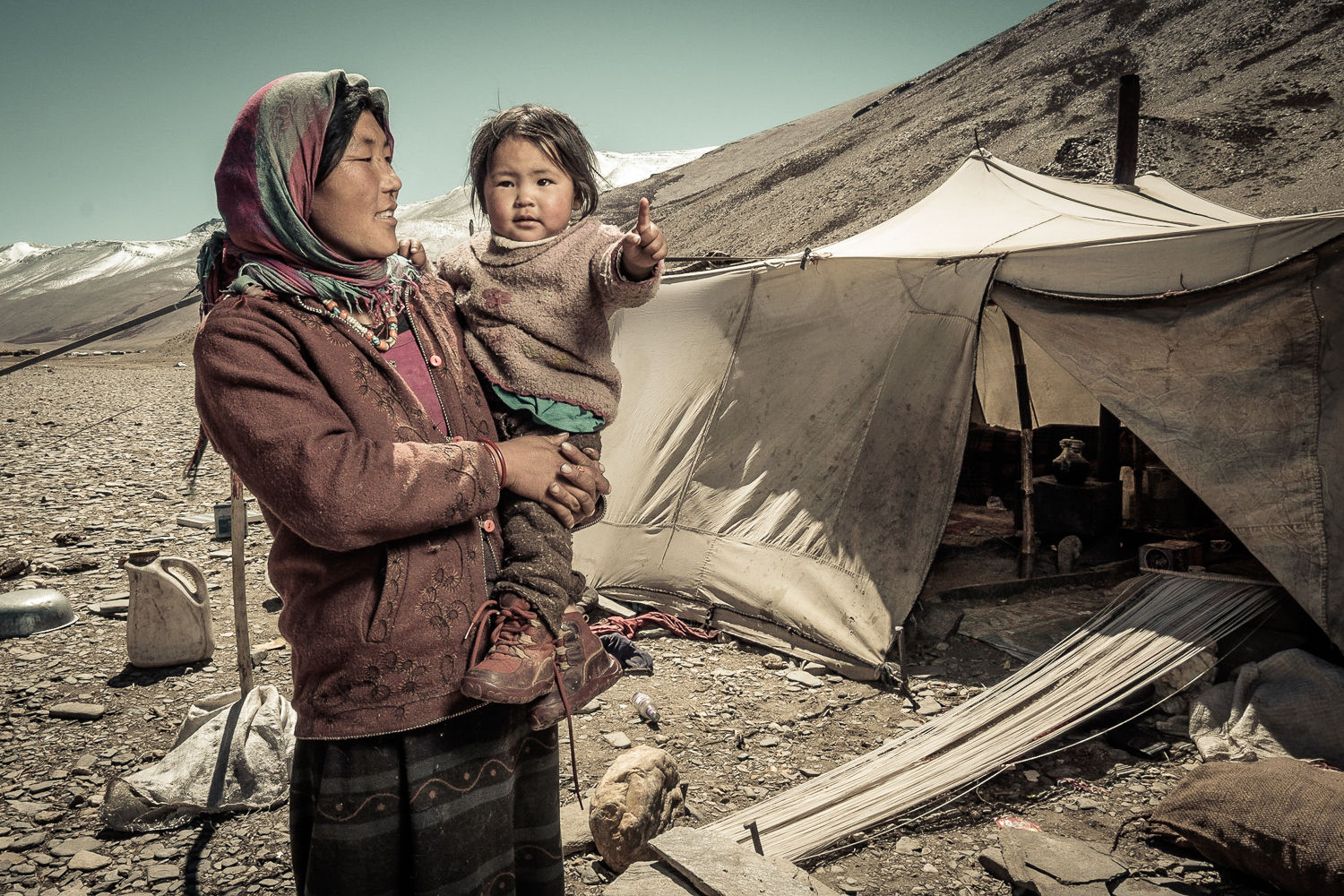
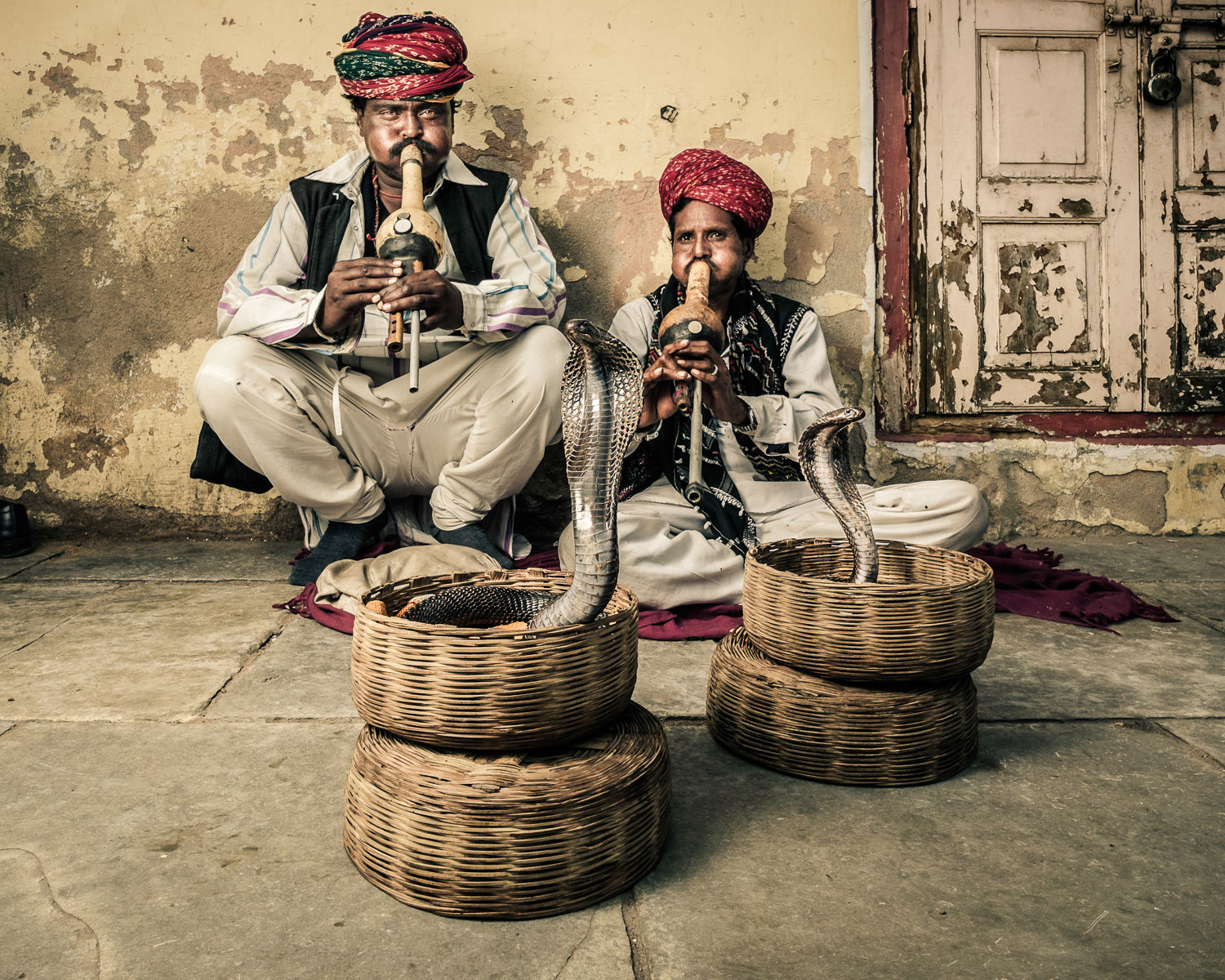
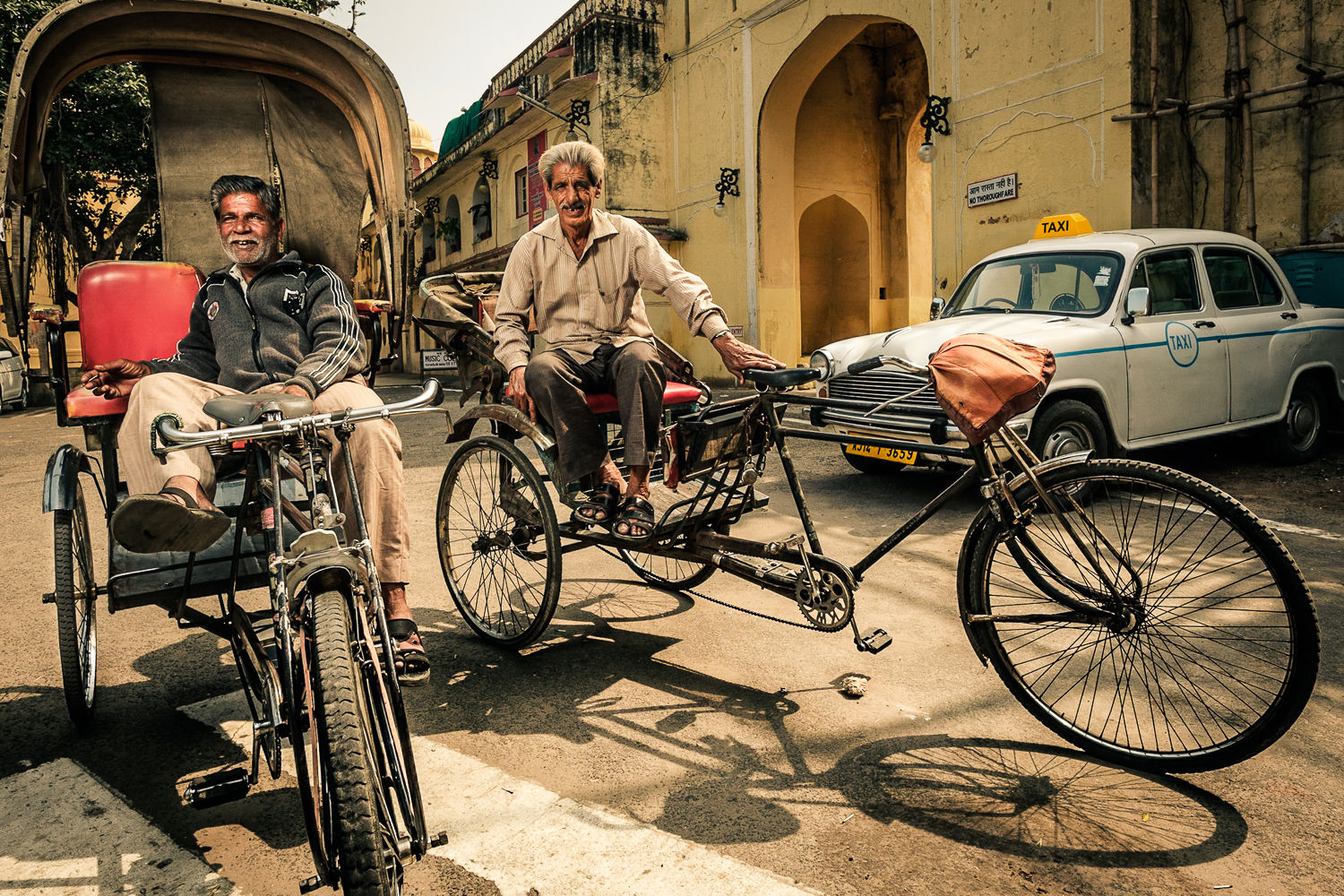
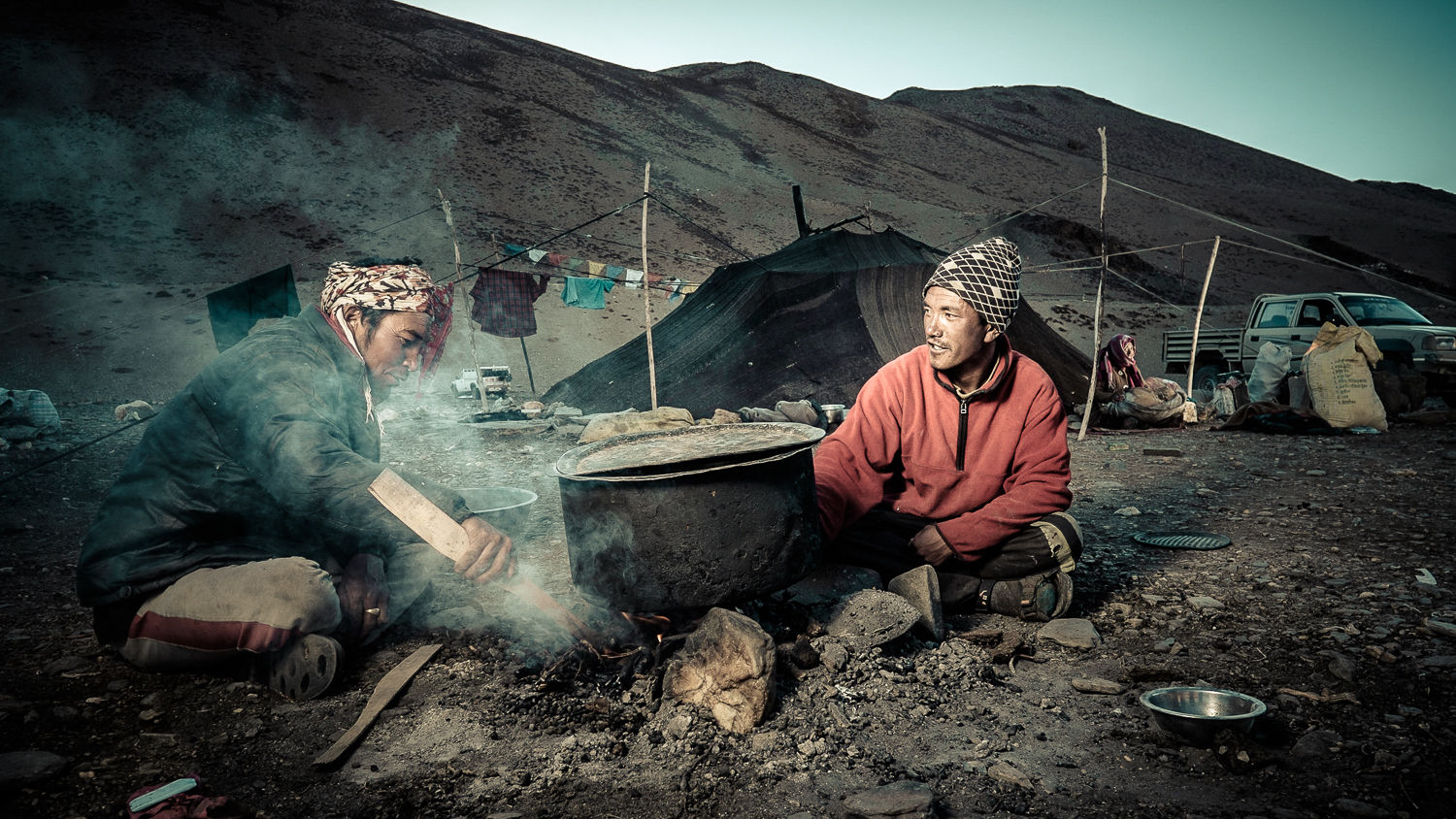
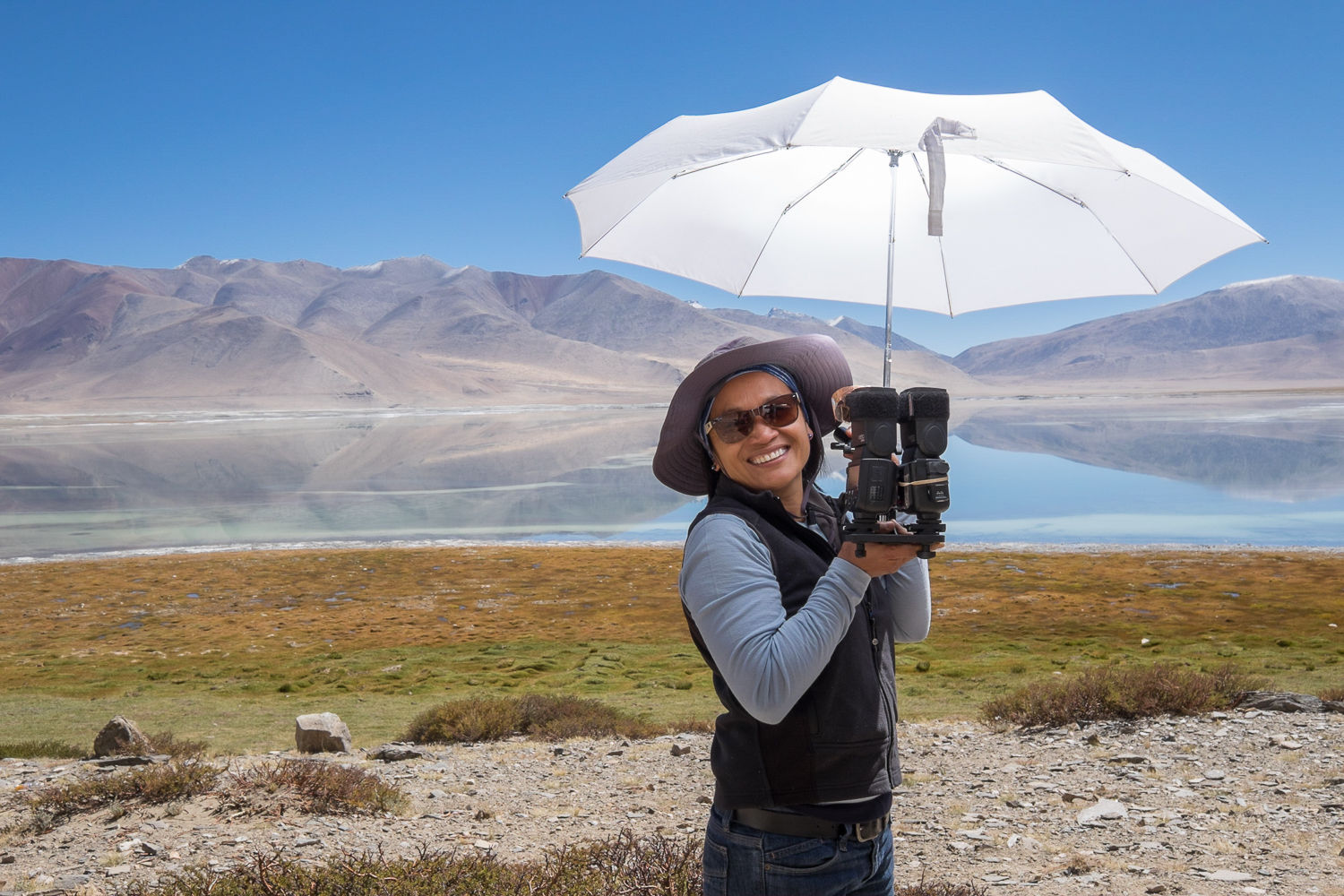
If you want to practice your off-camera flash skills in one of the most photogenic places on earth, join Fujifilm X-photographer Matt Bandon and me on the North India Photo Tour (Feb. 14 to 24, 2016). You can learn more about this fantastic photo workshop here.
If you want to learn more about off-camera flash, my Making Light 1 and Making Light 2 eBooks can be of help. Priced at only $ 6 each, they're very affordable and will teach you all you need to know to get up and running with off-camera flash!













